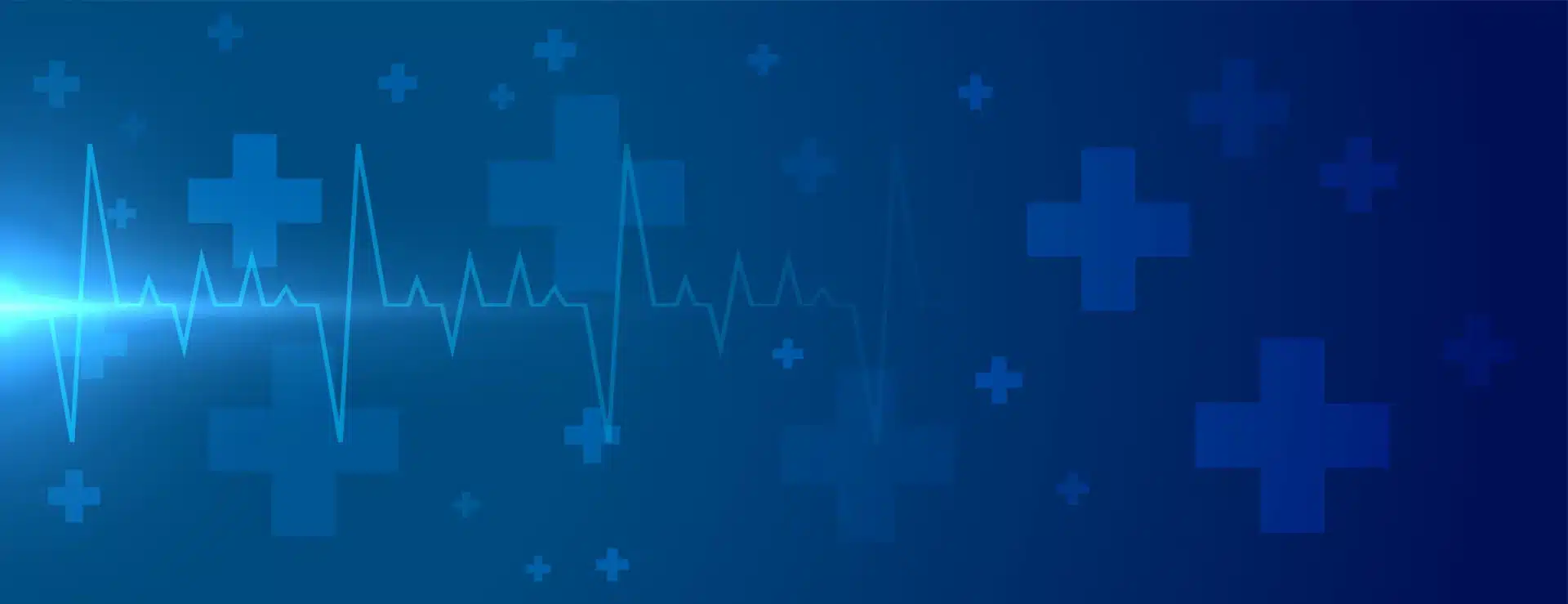Understanding and Managing UTI After Colonoscopies: A Comprehensive Guide
Introduction
Undergoing a colonoscopy is a crucial step in maintaining digestive health, but some individuals may face an unexpected challenge post-procedure: urinary tract infections (UTIs). In this article, we delve into the causes, symptoms, and treatment options for UTI after colonoscopies.
Causes of UTI After Colonoscopies
UTIs post-colonoscopies are relatively common, with several potential causes:
1. Catheter Usage
- The use of a catheter during the procedure can introduce bacteria, increasing the risk of a UTI.
2. Contamination During Colonoscopy
- Contamination of the urinary tract during the colonoscopy itself may occur, leading to infection.
3. Antibiotic Usage
- The use of antibiotics before or after the procedure may disrupt the natural balance of bacteria, paving the way for a UTI.
It’s important to recognize that not all individuals undergoing a colonoscopy will develop a UTI. However, certain groups, such as women, those with a UTI history, patients with diabetes, and those with weakened immune systems, are at a higher risk.
Symptoms of UTI After Colonoscopies
The symptoms of a UTI post-colonoscopy mirror those of a typical UTI:
1. Pain or Burning During Urination
- Uncomfortable sensations while urinating can be indicative of a UTI.
2. Frequent Urination
- An increased urge to urinate may signal an infection.
3. Urgency to Urinate
- Feeling the need to urinate urgently is a common symptom.
4. Cloudy or Strong-smelling Urine
- Changes in urine color or odor can be alarming signs.
5. Abdominal or Back Pain
- Pain or pressure in the lower abdomen or back may be experienced.
If any of these symptoms arise post-colonoscopy, seeking prompt medical attention is crucial.
Treatment Options for UTI After Colonoscopies
If diagnosed with a UTI, prescribed antibiotics are the primary treatment:
1. Antibiotic Therapy
- Completing the full antibiotic course is vital, even if symptoms improve before completion.
2. Home Remedies
- Additional measures at home include:
- Increasing water intake to flush out bacteria.
- Avoiding bladder irritants like caffeine, alcohol, and spicy foods.
- Using a heating pad for pain relief.
Persistent or severe symptoms necessitate a follow-up with a healthcare provider.
Book an Appointment with Life Medical
Experiencing UTI symptoms post-colonoscopy shouldn’t be ignored. Life Medical offers same-day appointments, minimal wait times, and exceptional care. Book an appointment promptly to receive the care and support you deserve.
FAQs
1. What is a UTI?
- A UTI, or urinary tract infection, affects any part of the urinary system, including the bladder, urethra, and kidneys.
2. What are the symptoms of a UTI?
- Symptoms may include pain or burning during urination, frequent urination, urgency to urinate, cloudy or strong-smelling urine, and pain or pressure in the lower abdomen or back.
3. How are UTIs treated?
- UTIs are typically treated with antibiotics. Completing the full course is crucial for effective treatment.
4. How can I prevent UTIs?
- Preventive measures include staying hydrated, frequent urination, wiping from front to back, and avoiding irritants like douches and powders.
Conclusion:
In conclusion, understanding and promptly addressing UTIs after colonoscopies are crucial for post-procedural well-being. Being aware of the causes, symptoms, and effective treatment options empowers individuals to take charge of their health.
Resource : https://www.ncbi.nlm.nih.gov/pmc/articles/PMC5534494/
Know more about : Can UTI Cause Tingling in Legs




